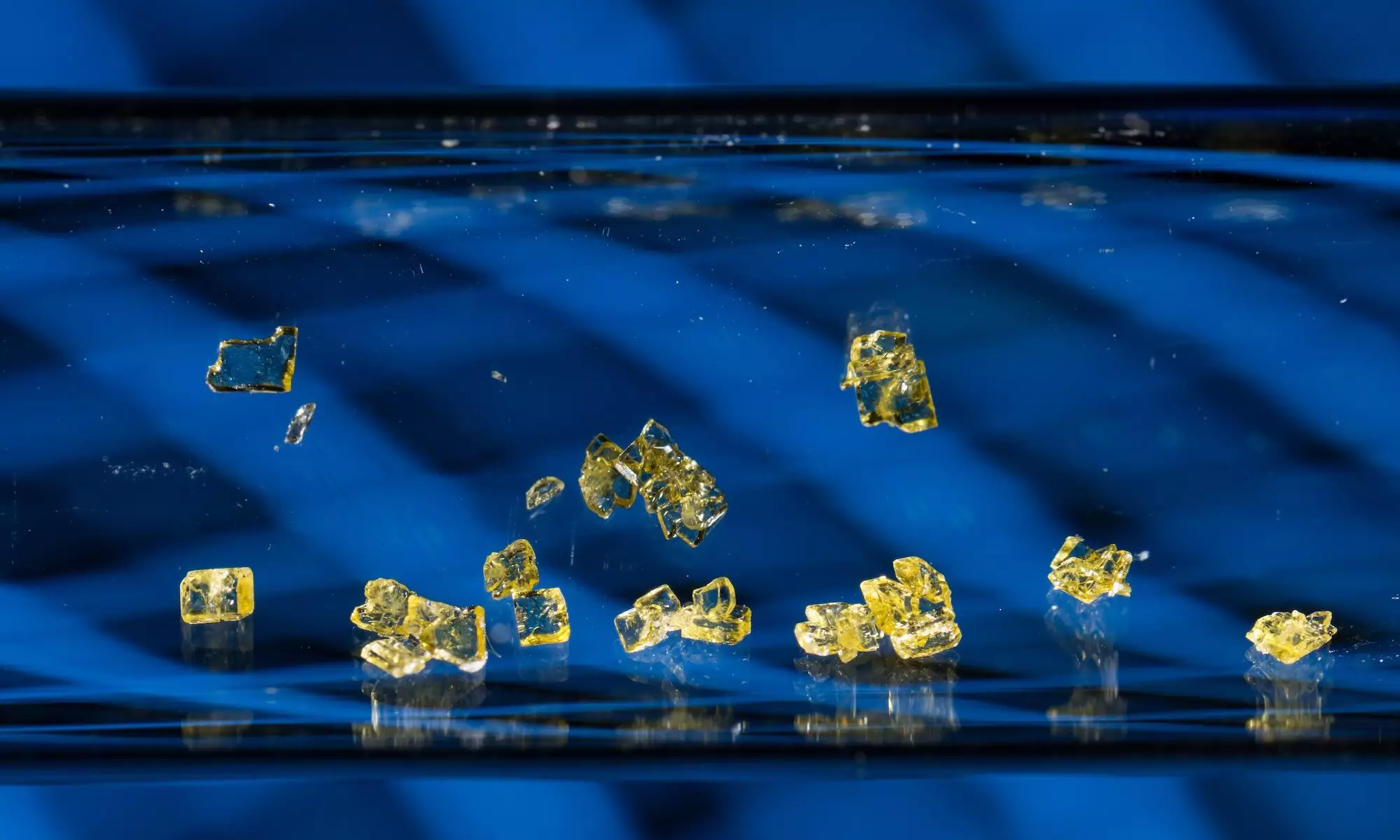The quest for precision in the development of complex medicines and materials has long been a goal for scientists and pharmaceutical companies. Achieving this precision could potentially lead to the creation of more effective drug treatments. Recently, researchers at the University of Rochester, led by Shauna Paradine, an assistant professor in the Department of Chemistry, have made a groundbreaking discovery in the field of chemistry. Their research, published in Nature Communications, introduces a new method that uses a chemical “helper” to guide reactions with extreme accuracy, opening the door to more efficient drug development and advancements in material creation.
In chemical reactions, there are often multiple ways in which two molecules can interact. However, controlling these interactions with precision presents a significant challenge for scientists. Some molecules exhibit a bias, known as substrate bias, in the way they interact. They tend to prefer specific ways of reacting or combining with other molecules. Overcoming this bias is crucial in accessing configurations of product molecules that would otherwise be unattainable. Paradine explains the importance of understanding and manipulating this bias to achieve desired outcomes in chemical reactions.
A ligand is a molecule, atom, or ion that binds to a central metal atom or ion, influencing the properties and reactivity of the resulting complex. Paradine and her team have discovered a method to overcome substrate bias using a ligand, thereby enhancing the precision of chemical reactions. By introducing the right ligand, the team was able to change the direction in which molecules react without altering any other aspects of the reaction. Through extensive testing, they identified a phosphorus-based ligand that successfully switched the selectivity of the reaction, highlighting the critical role of ligands in controlling reaction outcomes.
The research conducted by Paradine and her team holds significant implications for drug discovery and development. The products derived from their method contain core structures commonly found in biologically active molecules, making them valuable in pharmaceutical research. Tuning a molecule to optimize its properties in drug discovery typically involves a complex process. However, by strategically selecting and altering ligands, scientists can now generate a variety of molecule configurations from the same reaction. This innovative approach streamlines the process of creating complex and useful molecules, providing researchers with a broader range of options to explore in chemical space.
The utilization of ligands to guide chemical reactions with precision marks a significant advancement in the field of chemistry. Paradine’s research sheds light on the importance of understanding substrate bias and the transformative role that ligands play in controlling reaction selectivity. By harnessing the power of ligands, scientists can accelerate the development of novel drugs and materials, ultimately improving the efficiency and effectiveness of drug treatments. The innovative approach presented in this study paves the way for future advancements in chemical reactions and drug discovery, highlighting the potential for ligand-centered strategies to revolutionize the field.


Leave a Reply